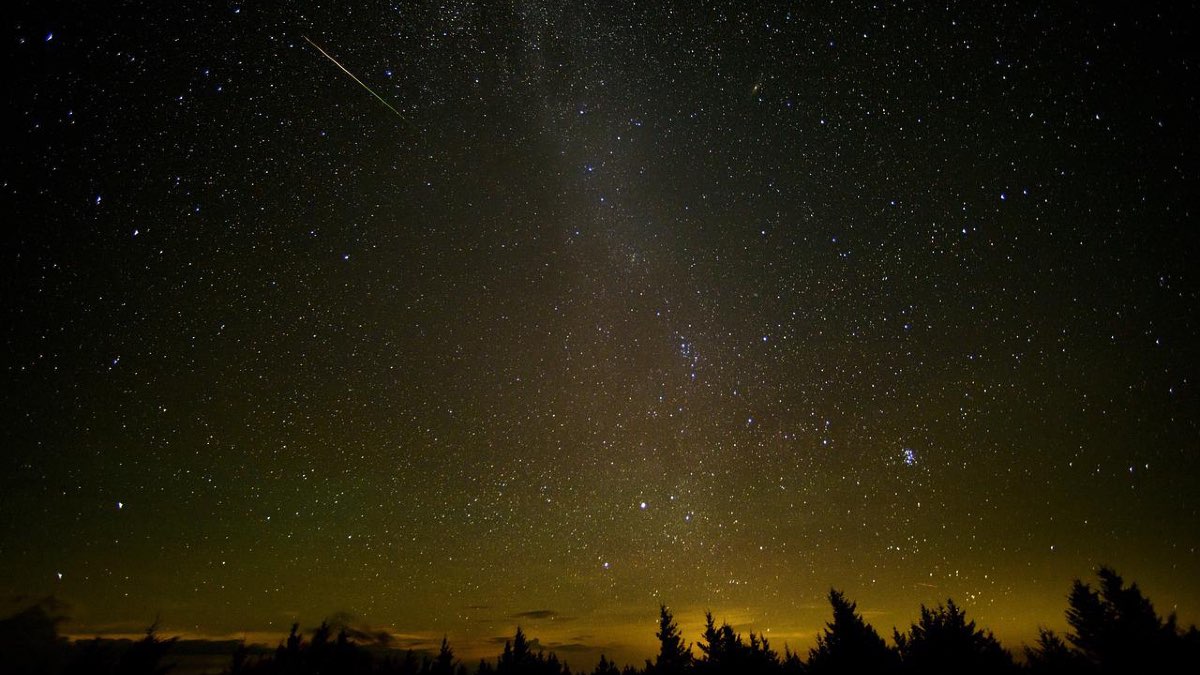Products You May Like
Meteor showers are one of the universe’s most dazzling events that we can see in the night sky without needing equipments like telescopes or binoculars. A meteor is a space rock that enters the atmosphere of our planet. When this rock closes in on Earth, the resistance —or drag — of the air makes it extremely hot and it throws out the light. The bright streak, however, is not actually the rock, rather it is the glowing hot air around it. The Earth regularly plows through dust and debris left behind by comets and asteroids as it orbits the Sun. That debris gives birth to meteor showers.
Most meteor showers are predictable and occur when our planet traverses a particular region filled with debris. Skygazers have an opportunity to see a new meteor shower, which will likely take place in the coming week. Named the Tau Herculids, this minor shower is set to fall from the shattered SW3 comet beginning May 30. The “shooting stars” event is set to peak on May 31. It will be seen across the US and parts of Canada.
Some reports have described it as “the most powerful meteor storm in generations”, but astronomers are more cautious about calling it that. Comet SW3 (73P/Schwassmann-Wachmann 3) was first spotted in 1930. And in 1995, it unexpectedly brightened and fragmented, releasing huge amounts of dust, gas, and debris. The comet orbits the Sun every 5.4 years and has made several close flybys to the Earth but was not visible most of these times. Over the years, this comet has further fragmented.
Next week, the Earth will cross SW3’s orbit and a detailed analysis of the path suggests its debris has been spreading out along the comet’s orbit. The pieces of debris are so small for us to see that we can’t say whether they have spread far enough to encounter Earth until we run into them, a report said.
The American Meteor Society (AMS) has assured us that the comet itself will not be anywhere near the Earth but debris from the 1995 event may light up our skies with meteors.
Whatever happens, astronomers are watching keenly for this event to occur to develop their understanding of comets and how they fragment.
